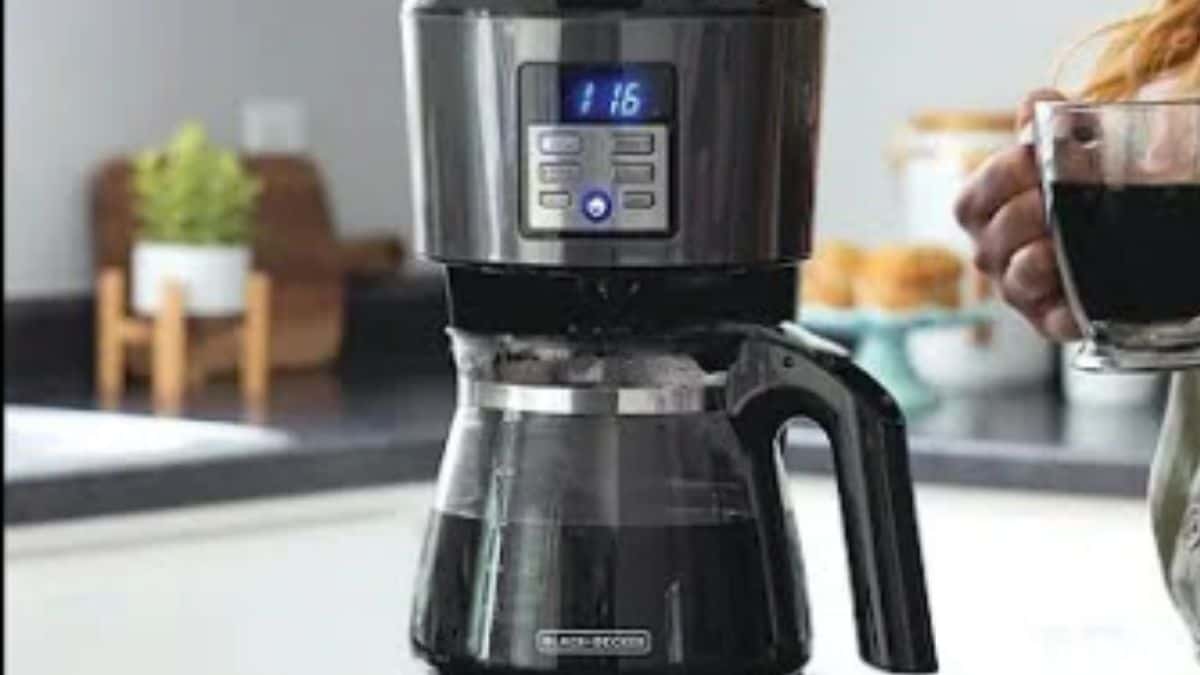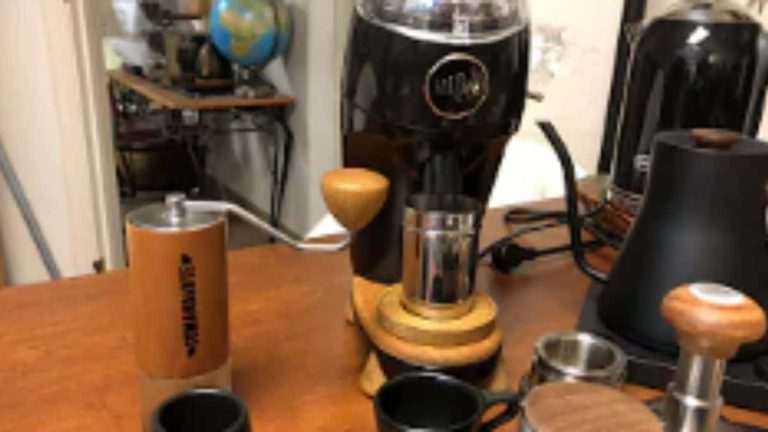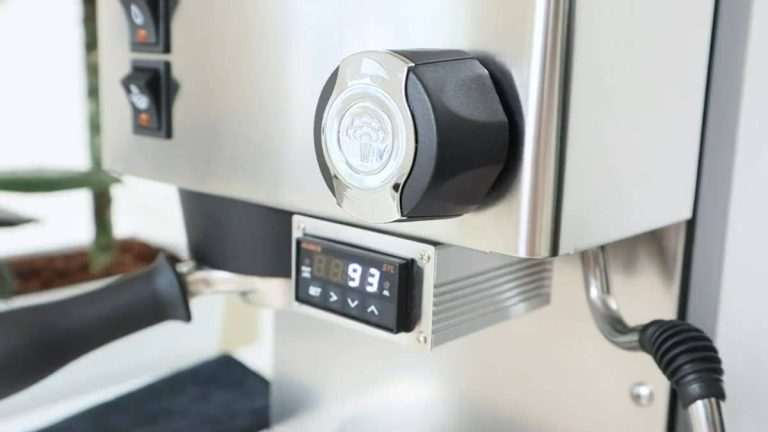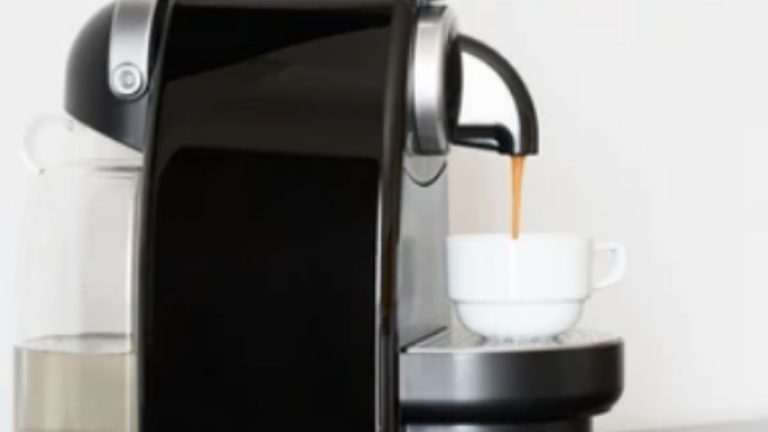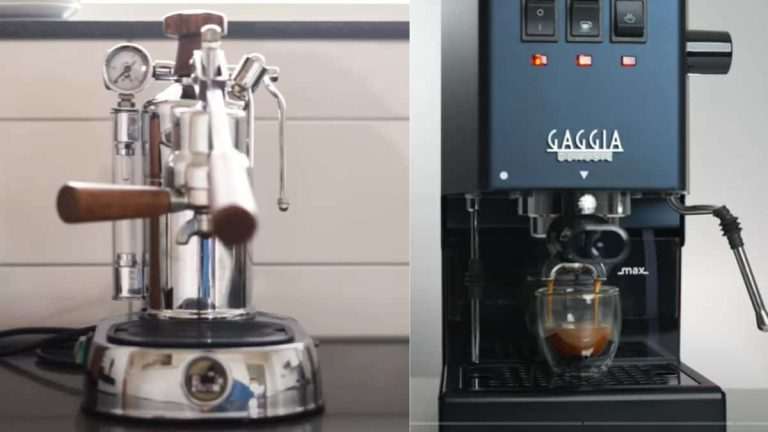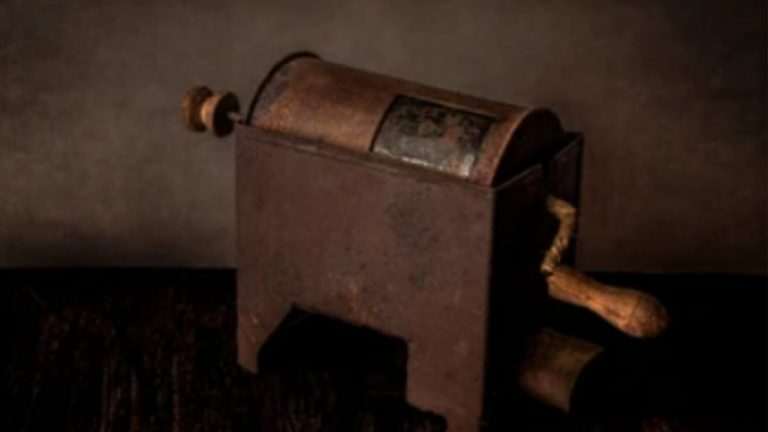How to dispose of a coffee maker
Coffee grounds, filters, pods, capsules, and even the coffee machines themselves generate a lot of waste if you brew a lot of coffee.
How to dispose of a coffee maker? Don’t be concerned. A lot of coffee waste can be composted, recycled, or used.
In this article, you will be able to reduce your carbon impact without compromising your caffeine habit. You’ll even save some money as a result of this!
When our coffee maker’s life has ended, or we wish to upgrade it, It’s understandable if you’re unsure what to do with your coffee maker. Nobody knows how to get rid of a coffee maker off the top of their heads, and there are a lot of options:
But how do you get rid of a coffee maker without harming the environment? Are you perplexed as well? Due to a lack of awareness, a large percentage of e-waste is generated. People are unaware of the dangers of e-waste to our health and the environment and dispose of it properly.
What Is The Best Way To Recycle A Coffee Maker?
Table of Contents
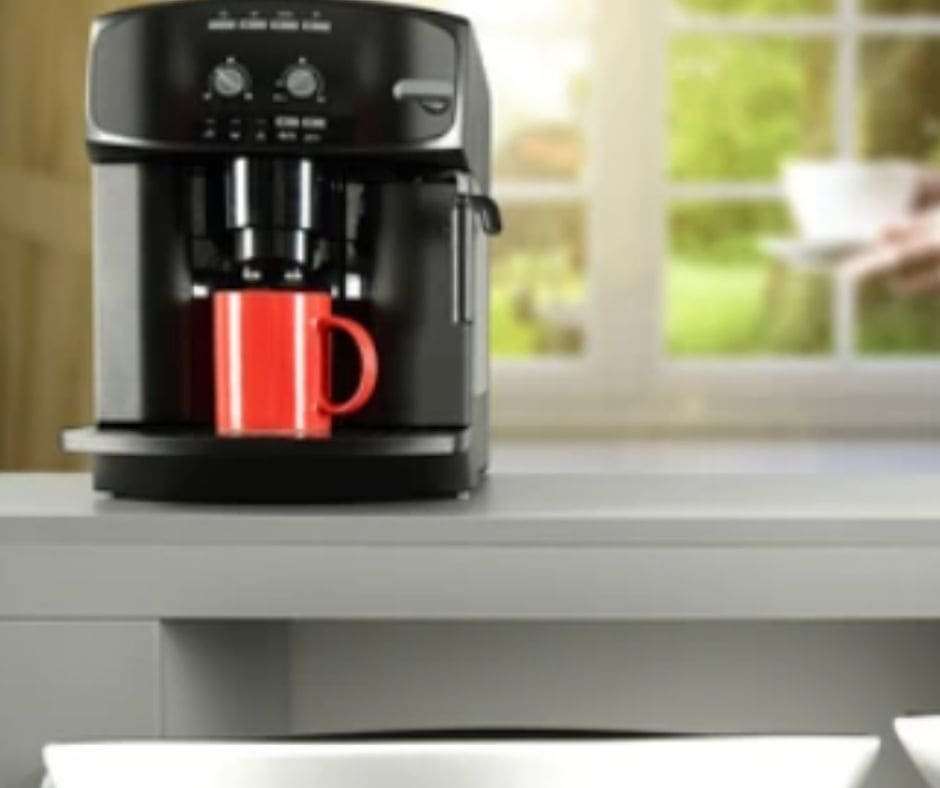
You may want to get rid of your coffee maker for one of two reasons: it no longer works, or you’re ready to upgrade. If your coffee machine is still functional, don’t throw it away. Take it to a Goodwill store near you or give it to a friend who could use it. Reusing kitchen equipment is better for the environment than recycling.
If, on the other hand, your coffee machine stops working, even your most desperate friends are unlikely to want to take it off your hands. In this instance, the best option is to recycle the coffee machine.
If we’re talking about electrical coffee makers, you’ll almost certainly need to transport them to a local recycling site for proper disposal. The specifics will vary by state and country, but they should be similar to how minor appliances are recycled.
How long do coffee makers last
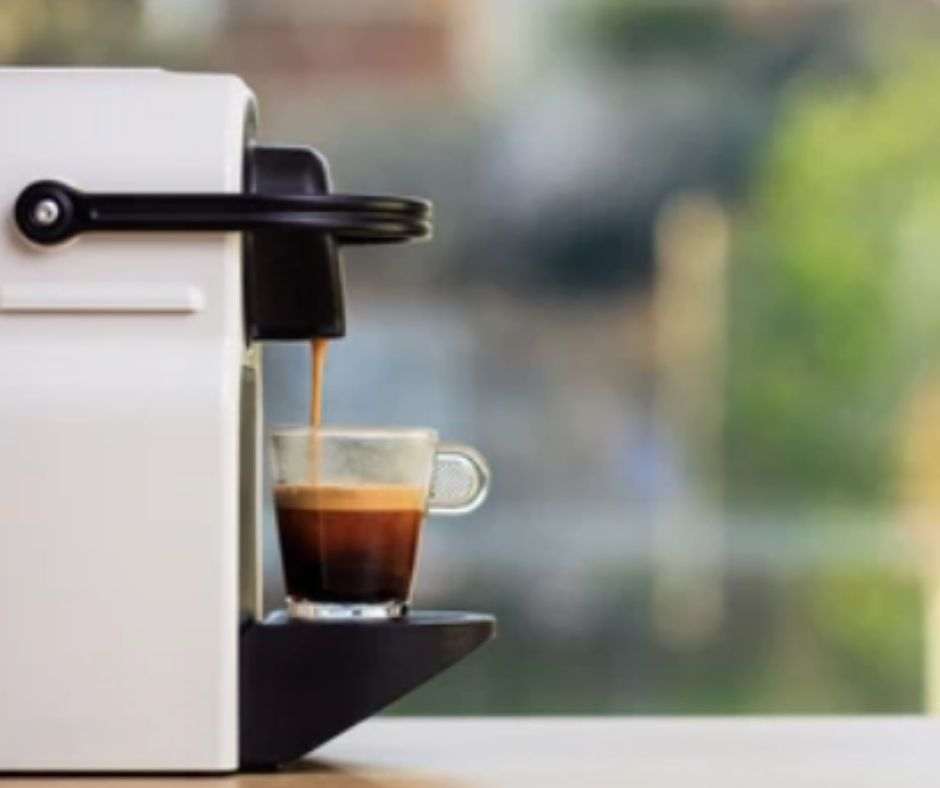
A heating coil (metal tube) heats water beneath the hot plate on the device’s bottom, and then gravity drives it back up to the top, where it brews the coffee.
In short, most basic coffee makers should easily survive a decade or more if they are cleaned out on a regular basis and are not dropped on the floor or otherwise damaged.
Modern pod-based coffee makers, such as Keurig or Nespresso, are different.
You may anticipate a brewer without a pump or tubing, such as a French press or a percolator, to endure indefinitely. You can use a French press till it breaks. A percolator will survive long if the rubber gaskets are replaced regularly.
To put it another way, the more basic the brewer, the longer it will endure.
When it comes to drip brewers and single-serve brewers with pumps and tubing, the life expectancy is determined by the machine’s quality as well as the hardness of your water.
Is it true that more expensive coffee makers last longer?
Some of the most costly devices (regardless of price) will not last that long. Their heating elements will function normally, but everything else will fail more quickly due to the added complexity of electronics.
Keurig machines, for example, are more expensive than standard drip machines because they need water pumps to transfer water from the storage to the k-cup, and therefore never last as long.
In my opinion, simple is usually always better.
The machine will last longer if it has fewer parts (particularly moving parts).
Coffee pots with no-frills are nothing more than a heating element and tubing.
Expensive grind-and-brew pots with separate chambers for instant hot water or producing specialty coffee drinks only add to the machine’s complexity.
When should you replace your coffee maker?

Many things can go wrong, like the pump breaking, the machine starting to leak from the bottom for no apparent reason, or the tank shattering.
Unless the equipment is still under warranty or is a costly coffee maker, it’s usually better to replace the entire brewer rather than try to analyze and fix it.
This is dependent on several things. The most crucial factor is most likely the hardness of the water in your area.
If you have hard water and don’t have a water softening system, your coffee maker’s tubes will clog up considerably more quickly.
Descaling your coffee maker regularly can help with this. However, most of us aren’t particularly good at sticking to a descaling plan. And once the build-up reaches a particular amount, it isn’t easy to reverse the situation. (This is similar to your Gevalia brewer.)
A coffee maker’s lifespan is also determined by how well it was made in the first place. If you buy a low-cost model, you may anticipate it to break down within a few months.
However, if you spend more and descale your coffee maker regularly, there’s no reason why it shouldn’t last for years and years.
- Your preferences have shifted.
One of the more important reasons you would want to improve or replace your coffee maker, short of it physically malfunctioning and requiring repair, is your tastes.
Coffee is undergoing a huge transformation, similar to wine or the rise of craft beer, referred to as the third wave of coffee.
This level of attention to detail can rapidly make you realize that, while your old coffee maker is still functional, it doesn’t credit your new fine coffee.
- The water does not heat up sufficiently.
For making coffee, the water temperature should be between 195 and 205 degrees Fahrenheit, which is the best temperature for making coffee (90.6 to 96.1 degrees Celsius). Unfortunately, many coffee makers fall short at even the lower end of that spectrum.
The heating element in your coffee maker can wear down with time, even though it is used to brew coffee at the optimum temperature. Weak, under-extracted coffee with a little sour flavor is a sign of this.
An older coffee maker’s heating element may be replaceable, but now is an opportune time to consider upgrading to a newer unit.
What do you do with coffee pods?
More brewers have become obsolete due to the rise of pod-based coffee makers. It may be time to replace your coffee maker if it stops making a specific type of pod or if coffee variations in a particular pod become uncommon.
Because the pods are biodegradable materials, they are compostable and may be easily disposed of in organic garbage.
How do I dispose of small appliances?
- Consider hiring a garbage disposal service.
Using a private waste management business like Rubbish Please to get rid of appliances and other bulky waste around the house is a simple process.
All you have to do is provide them with a description or a picture of the appliance you want to be removed, and they’ll give you an estimate based on the size and weight.
A professional firm offers a wide range of services, making it the perfect choice for house cleanouts or remodels, as well as yard rubbish removal and construction debris cleanup.
The final price is displayed on the website, and if you accept, they will remove the item from your possession. They’re frequently set up so that the removal company can help you on weekends and evenings.
- Return your old coffee maker to the company that made it.
Some manufacturers allow customers to recycle their old or broken appliances by mailing them back to them. So give them a phone or send them an email to see if they’ll accept your coffee maker for recycling.
Hamilton Beach and Nespresso are two coffee producers that allow you to ship back your old coffee machine.
- Dump them on your own.
Individual dumping is usually available for a fee at most landfills or transfer stations. Refrigerators and other cooling units will need to be emptied of refrigerants before being dumped, and most facilities will take care of this for you.
- Sell, donate, and recycle
Consider donating your small appliances to a thrift store, selling them online, or adding them to your garage sale pile if they are still functional. Many people are looking for good deals on small appliances and are willing to acquire good used equipment. This is particularly true of high-end espresso machines and stands mixers.
How do I dispose of a Keurig?
- You may return it to the store where you purchased it.
Return the coffee maker to the store where it was purchased. Perhaps they’ll exchange it or send it to the recycle center. So give them a call, and they’ll come back and get it for you. However, you may only do this if you bought it from a local store. It is not feasible to return an item purchased from Amazon or any other online store.
- Gift it to someone who needs it.
Don’t throw away your coffee machine if it’s in good working order and you merely need to update it due to advances in technology. The most effective method is to donate it.
Maybe someone can’t afford a coffee maker but desperately needs one. And instead of giving it to that poor person, you’re dumping it in the landfill.
You may assist a student who spends half of his monthly allowance on Starbucks black coffee. Find a family member who is a student and assist him/her in saving money.
- Pickup/Dropoff of Scrap Metal
You can’t dump your coffee maker in the recycle bin at home if it’s largely made of metal. This ends up in the wrong area, where it will most likely wind up in a landfill, or you may face a fee for inappropriately utilizing your recycling container, depending on your waste management organization.
Many of these services provide a way to recycle coffee maker units by picking them up at your home for scrap metals on a regular basis. Alternatively, you can leave off your old coffee maker at one of their nearest dropoff locations.
- Market them Online
Selling your device is only a good option if you intend to replace it. It is not possible to resell a broken or worn-out coffee maker. However, if your device is in good working order, you can sell it online. Instead of discarding outdated devices in the trash, you may sell them online on sites like eBay or Craigslist.
Does Keurig have a recycling program?
Keurig, the pod company most people despise on TreeHugger, has switched to polypropylene for their pods, which is acceptable for recycling as Number 5 plastic in some jurisdictions (such as Toronto, Canada). As a result, they’re now touting the fact that their pods are recyclable on their packaging.
- The Easiest Way to Recycle Coffee Pods
Using Keurig’s mail-back recycling program is the most convenient solution. You must purchase boxes to collect the pods, which you then ship back to Keurig once they are full. It’s not necessary to separate the plastic from the filter, foil cover, and grinds. Simply place the used pods in the box. It also includes a prepaid return label. They separate and recycle the various materials in the pod.
- Recycling Coffee Pods at the Lowest Cost
There are Terracycle dropboxes at Subaru dealerships that accept coffee pods if you want to recycle on the cheap and are willing to drop them off. Check the map to check whether a drop site is available near you. Disposable coffee cups, creamer capsules, and candy/snack wrappers are also accepted in these boxes.
What can you recycle at Home Depot?
Simply bring your eligible recyclable items to a Home Depot store and dispose of them in the on-site collection bin to recycle your plastic bags.
Employees at Home Depot will be able to point you in the right direction for their collection container.
A search bar is available on several websites, including Plastic Film Recycling, to help you identify eligible recycling places near you, including Home Depot shops.
Case wrap, cereal bags, diaper wrapping, newspaper bags, toilet paper wrap, Ziploc bags, and bread bags are examples of plastic bags that can be recycled at Home Depot.
Furthermore, How2Recycle and similar websites provide online tips to assist you in recycling plastic bags at Home Depot.
Home Depot has a number of recycling efforts in place, including the usage of recycled plastic in its goods and recycling containers for spent household batteries.
Trex, a recycled-products firm, recycles debris from Home Depot to produce new items.
What Plastic Bags Aren’t Acceptable for Recycling at Home Depot?
Some plastic bags, such as those sold at Home Depot, are made of materials that cannot be recycled.
Aside from that, Home Depot recycles resources like cardboard by converting waste into moving boxes.
What Are the Benefits of Recycling Plastic Bags at Home Depot?
Many plastic bags are unable to be recycled in standard household recycling bins, necessitating their transport to Home Depot and other recycling facilities.
Plastic bag goods appropriate for recycling at businesses like Home Depot will often have a label indicating that they are recyclable, so you can double-check before bringing them.
Keep in mind that plastic bags are not biodegradable, which means that if they are not properly disposed of, they might harm the environment.
Furthermore, recycling plastic bags at places like Home Depot helps to safeguard the environment.
Can all coffee pods be recycled?
Coffee pods can, of course, be recycled but definitely not all. The problem with recycling coffee pods is that they are constructed in a way that does not encourage reuse, recycling, or composting in the first place. They are intended to be used only once, and most people discard them immediately afterward. The issue is that tossing them away is bad for the environment because these pods could end up in bodies of water, harming marine species.
Another issue with recycling coffee pods is that aluminum pods are easier to recycle than plastic pods, which is a problem because plastic pods account for nearly all of the pods on the market. Again, the metal needed to make each capsule is too tiny to be processed properly by collecting facilities.
These account for the most percentage of all pods on the planet. Because of the mix of these and other materials, recycling is difficult, and the bulk of them end up in landfills. In those dumps, aluminum and plastic pods take anywhere from 150 to 500 years to decompose.
Because most recycling systems are built to handle larger goods like cans and bottles, the little amounts of aluminum in coffee pods will provide a significant issue when recycling.
We are dealing with waste every day which is becoming a problem. However, no one realizes how hazardous it is to our health and the environment. The most critical step is to become conscious of how you dispose of your coffee maker.
Second, more recycling sites should be established to accept outdated electronics such as coffee machines.
So, if your coffee maker is still usable, try not to throw it away; perhaps give it to a friend, or many Salvos or charitable organizations would appreciate a coffee machine to contribute! You should make sure that it is clean. If you’re wondering how to recycle a Keurig machine or how to get rid of a carafe coffee maker, it’s the same as any other coffee maker! It’s now up to you to show off your inventiveness.

